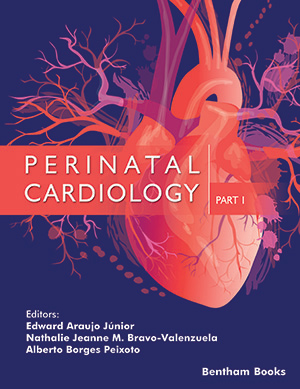Abstract
The role of first-trimester ultrasound has evolved from the measurement of crown-rump length (CRL), nuchal translucency (NT) and nasal bone to involve more detailed assessment of fetal anatomy. The majority of cardiac malformations are properly defined and potentially detectable by the time of the 11-13+6 week ultrasound examination. The sensitivity of ultrasound screening for cardiac abnormalities varies according to the marker being assessed (increased NT, tricuspid regurgitation, abnormal ductus venous flow), operator experience and the extent of a protocol for formal sequential structural assessment of the heart. All cardiac structures can be visualised from 13 weeks onwards. Early fetal echocardiography has been shown to be feasible and highly sensitive and specific in experienced hands. Early identification of cardiac abnormalities allows the assessment of chromosomal abnormalities/genetic syndrome at an early stage, giving parents more reproductive autonomy. Operators should be aware of the limitations of an early cardiac examination: Some lesions progress as pregnancy advances and there is still a need for a follow up ultrasound at 20 weeks’ gestation.
Keywords: Cardiac abnormalities, Early fetal echo, Prenatal screening.






















